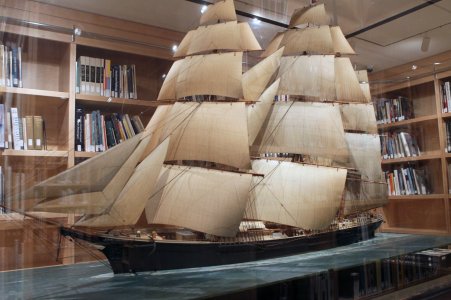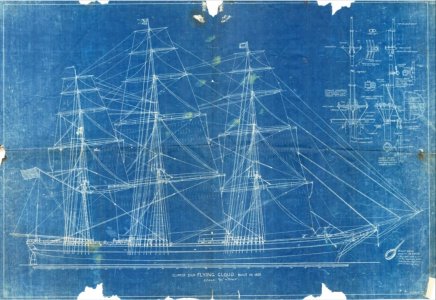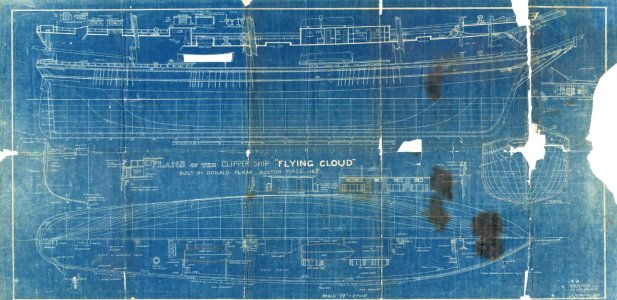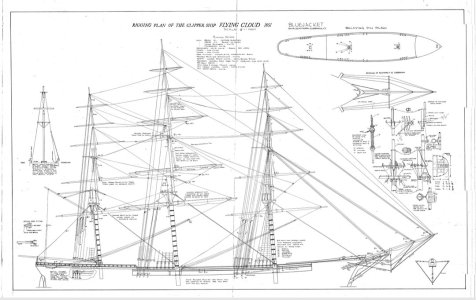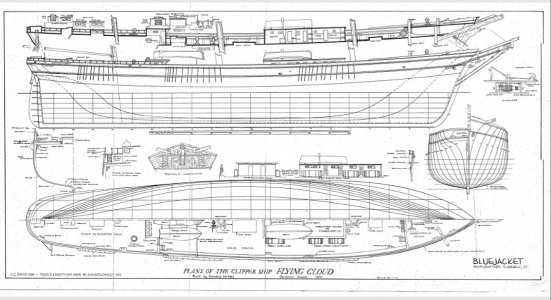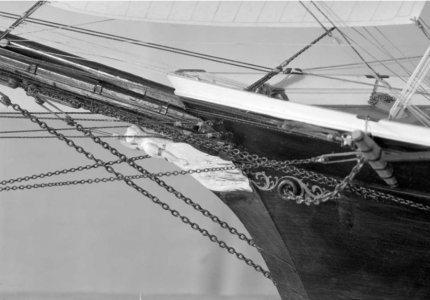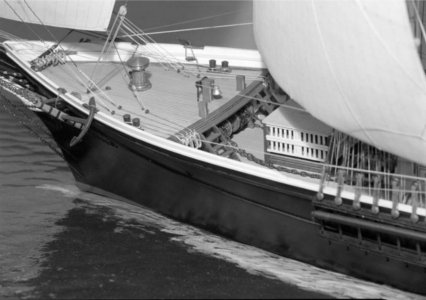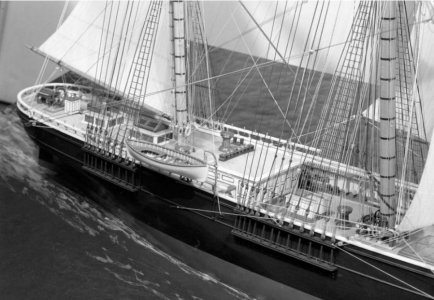Your efforts to flesh out the historic record with well supported and researched conclusions are much appreciated. They will, no doubt, contribute to peoples' efforts to build better, more historically accurate models, just as they have mine. Despite any corners I may have painted myself into, your revelations and recommendations have helped (and continue to help) me create a much better model than I could have anticipated. You also have been an encouragement to me to be unafraid or hesitant to make difficult changes and reversals in an effort to incorporate those revelations into my build, much (IMHO) to my models' benefit.

Thanks, Pete
Pete,
Thanks for your kind words. The more we delve into actual facts as clearly laid out by Duncan McLean, the more it appears that unfortunately commercial plans are simply rife with glaring errors. At first, I thought it was just the most eggregious absence of navel hoods and cutwaters, which are so clear to Rob and I now that we see the durability and rugged strength this arrangement provides. At one point in her 50+ year career,
Glory of the Seas was struck in her bow by a steam ship backing up. Just like McLean so astutely observed about the durable prow of
Flying Cloud, April 1851, such an occurrence barely damaged the venerable McKay clipper! That's definitely when her starboard splash rail cracked and most likely what led to loss of her beautiful cutwater carvings. But the ship herself remained intact and more impressively, none of her bow conponents suffered any damage at all! So this last clipper confirms that McKay was consistent in this structural design from his first to last clipper. The sole exception being
Great Republic his only 4 decker vessel.
But now we're uncovering other errors. Take for example these confusing focstle crew accommodations and deck heights. I've said I love the gorgeous Boucher
Flying Cloud models, especially those incredibly lifelike billowing sails. Clearly, these were true labors of love crafted by highly talented professional artisans. Still, her bare stem bow just isn't right or historically accurate to the actual ship herself. Now, I see the windlass is stuffed into a space that nobody but midgets could service. It defies common sense. But there is a more practical solution. Place the windlass 3' below where there's sufficient workspace. It gives added benefit of lowering the center of gravity for a weighty windlass and heavy anchor chains. Now, such a practical arrangement makes sense. As I think about it, this definitely sounds like the set up for both
Stag Hound and
Flying Cloud. Because, like McKay's 4th clipper
Flying Fish, with her low 4 & 1/2' high focstle deck
Flying Cloud also was set up for the accommodation of one watch of the crew,. So, while not specifically mentioned, it certainly looks like her focstle deck was mounted at 5'.
We work to follow details as described by McLean, not to place deck structures haphazardly just to fill space. As Rob, Vladimir and I delve further into reconstructing Donald McKay's impressively beautiful clipper ships we keep unveiling previously overlooked tiny details. One such instance was a 2' aft rake of the sternpost on
Stag Hound. Now a perplexing conundrum as to how the heck did McKay stuff a tiny portico entrance 5' behind the mizzen mast gets easily solved. Because, thanks to that ignored 2' aft rake, the real distance is revealed as 7 feet!
It's more challenging because we're not satisfied to just build models that might look good. We want them to make sense too. Our small group has this as our "North Star." We are determined to maintain fealty to the most accurate reproduction of Donald McKay's ships we can. We base this upon the best documentation we can discover. This is not to slight in any way, the impressive craftsman talents of folks like yourself. You are investing so much time and energy to create beautiful models. I believe, given sufficiently accurate information, it's just as easy to create a beautiful and accurate model than one based on erroneous plans








